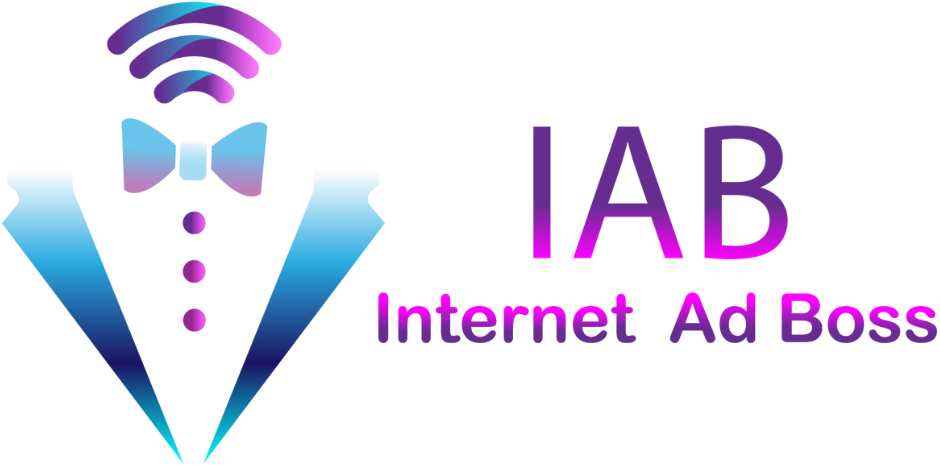Email marketing
Email marketing is a digital marketing strategy that involves sending targeted emails to a specific group of subscribers with the aim of promoting products, services, or content. It is an effective way for website owners to engage with their audience, nurture relationships, drive traffic to their website, and ultimately achieve their marketing objectives.
Here’s an explanation of email marketing for your business:
- Building an Email List: The first step in email marketing is building a quality email list. Encourage website visitors to subscribe to your email newsletter by offering incentives such as exclusive content, discounts, or freebies. Implement sign-up forms on your website and make the subscription process easy and straightforward.
- Targeted Email Campaigns: Segment your email list based on demographics, interests, or past interactions to create targeted email campaigns. This allows you to personalize the content and offers based on the specific needs and preferences of each segment. By delivering relevant content, you can increase engagement and conversions.
- Content Creation: Develop valuable and engaging content to include in your email campaigns. This can include blog posts, articles, how-to guides, case studies, videos, or any other type of content that aligns with your website’s niche and provides value to your subscribers. Ensure the content is informative, well-written, and visually appealing.
- Compelling Subject Lines: Craft compelling subject lines that grab the attention of your subscribers and entice them to open the email. The subject line should be concise, engaging, and clearly communicate the value or benefit they can expect by opening the email. A well-crafted subject line can significantly impact open rates.
- Call-to-Action (CTA): Include clear and prominent CTAs in your email content to guide subscribers towards the desired action. Whether it’s encouraging them to read a blog post, visit a specific page on your website, make a purchase, or engage with your brand on social media, the CTA should be compelling, visually appealing, and easy to follow.
- Email Design and Responsiveness: Design your emails to be visually appealing, on-brand, and optimized for different devices and email clients. Use professional and clean layouts, incorporate your brand elements, and ensure that the emails render correctly on mobile devices. A well-designed and responsive email enhances the user experience and increases engagement.
- Automation and Personalization: Take advantage of email marketing automation to deliver personalized and timelycontent to your subscribers. Set up automated email sequences based on subscriber actions, such as welcome emails, abandoned cart reminders, or birthday greetings. Personalization helps create a more tailored and relevant experience for your subscribers.
- Metrics and Analysis: Track and analyze the performance of your email campaigns using email marketing analytics tools. Monitor metrics such as open rates, click-through rates (CTR), conversion rates, and subscriber engagement. Use the data to identify trends, optimize your email content and strategy, and make data-driven decisions to improve results over time.

Email marketing for website content allows you to nurture relationships with your audience, drive traffic to your website, and promote your valuable content. By building a targeted email list, creating compelling content, personalizing emails, optimizing design and responsiveness, and analyzing campaign performance, you can effectively leverage email marketing to engage your subscribers and achieve your website marketing goals.

